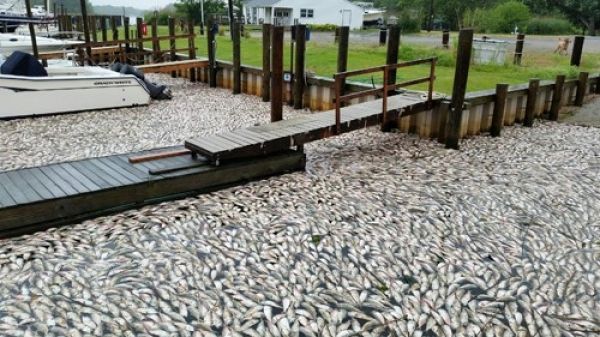In a Policy Forum, “Dissolved oxygen and pH criteria leave fisheries at risk” published in the April 24 issue of the journal Science, Stony Brook University’s Dr. Christopher J. Gobler, Endowed Chair of Coastal Ecology and Conservation, and Stephen J. Tomasetti, Science Teaching and Research to Inform Decisions (STRIDE) fellow, consider accumulating scientific evidence on the harmful effects of coastal hypoxia (low oxygen) and acidification (decreasing pH, increasing acidity) in coastal ecosystems and suggest approaches that would address current policy shortfalls and facilitate improved protection of aquatic life.
During the past two decades, scientists have learned how hypoxia and acidification can act and interact to harm marine organisms. Hundreds of low oxygen or dead zones have been identified across the globe. Ocean acidification, a process resulting from the continued buildup of increasing atmospheric carbon dioxide in the oceans, has been discovered. And yet, regulation of dissolved oxygen (DO) and pH in coastal waters have remained unchanged.
Read more at Stony Brook University
Image: Caption: Fish kill in Riverhead, NY, that occurred as a consequence of low oxygen. Tomasetti and Gobler outline the manner in which current environmental policies make these events more likely to occur in the future without policy change. Credit: Stony Brook University


